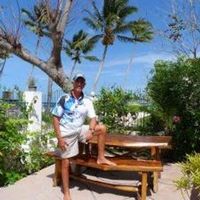KOMI, THE NOMADS FROM THE ARTIC CIRCLE

The Komi people come from European Russia’s extreme north. They are indigenous to the Komi Republic and further north, towards the Arctic White Sea. The republic’s north is largely made up of permafrost and tundra, yet this gives way to coniferous forests in the south. The republic is also home to Russia’s first natural site to make it onto the UNESCO World Heritage list. The Virgin Komi Forests are a treasure trove of animal, bird and plant species that spread across over three million hectares of untapped wild, natural beauty. The Arctic area is known for many UFO sightings and scientific study.
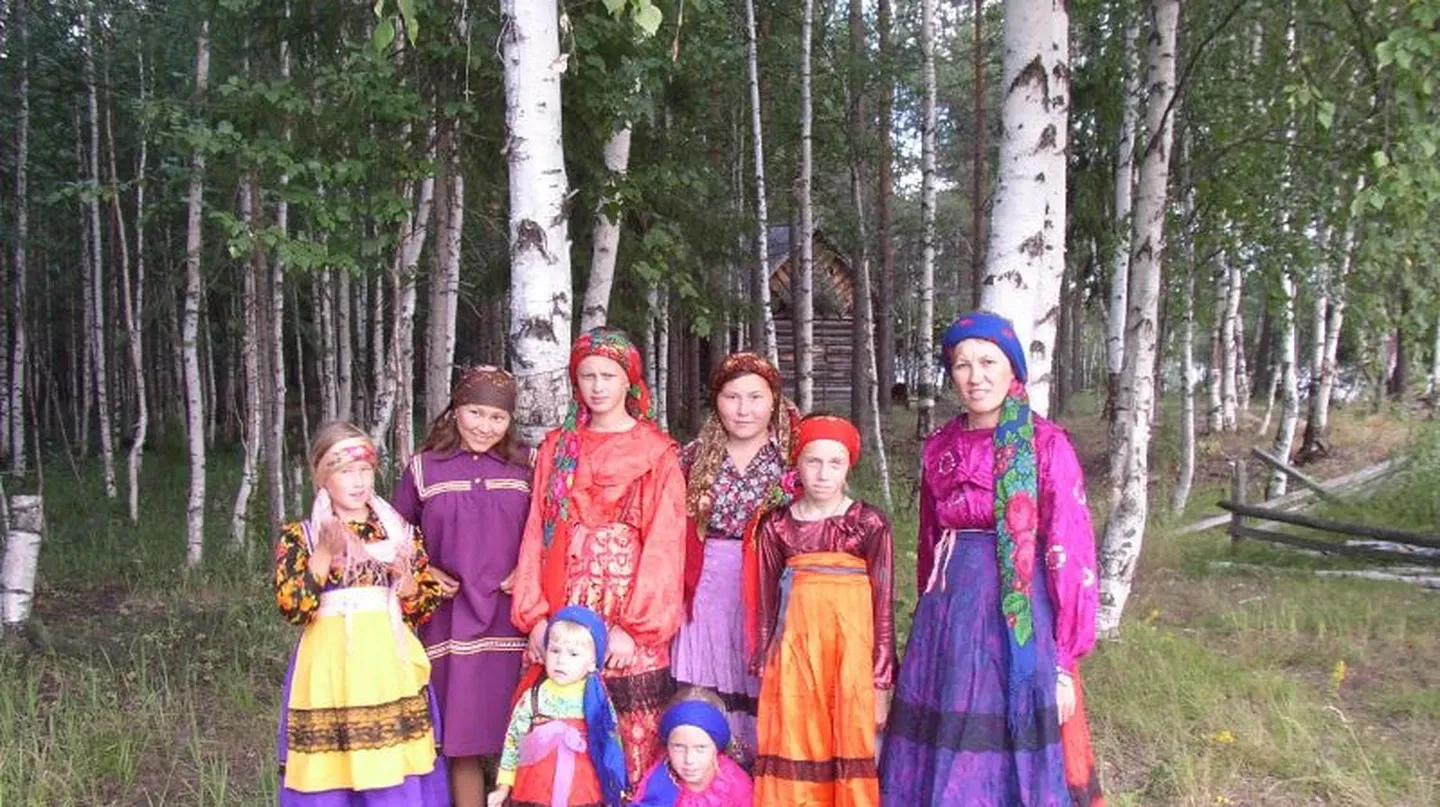
It is estimated the Komi have inhabited Russia’s north since the Middle Ages, and lived a fairly isolated existence, as the main outside visitors to the region were trappers and hunters. During the Soviet years, they were victims of Stalin’s purge. The regime also set up a large gulag near Vorkuta because of the opportunities for natural resources and its isolation. The Komi were persecuted, and their language and cultural practices were restricted. Although many young Komi are now forgoing traditional ways of life for a more modern way of living, Komi language lessons are now offered in school in a bid to preserve the language and maintain their cultural heritage.
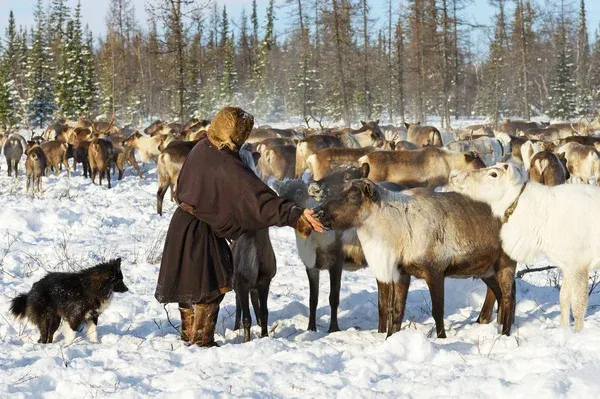
The Russian Empire pulled the Komi Republic into its rule in the 14th century. Since then, the Komi have been nominally Russian Orthodox; however, in practice, their spiritual beliefs hinge on a mix of shamanism and Christianity. Like the Nenets, they have traditionally been reindeer herders but are also involved in logging and mining above the Arctic Circle around Vorkuta. The severity and harshness of the region in which they live kept them culturally isolated until the end of World War II, when the Soviet Union began to quickly industrialise, and now, Russification of the younger generations is commonplace.
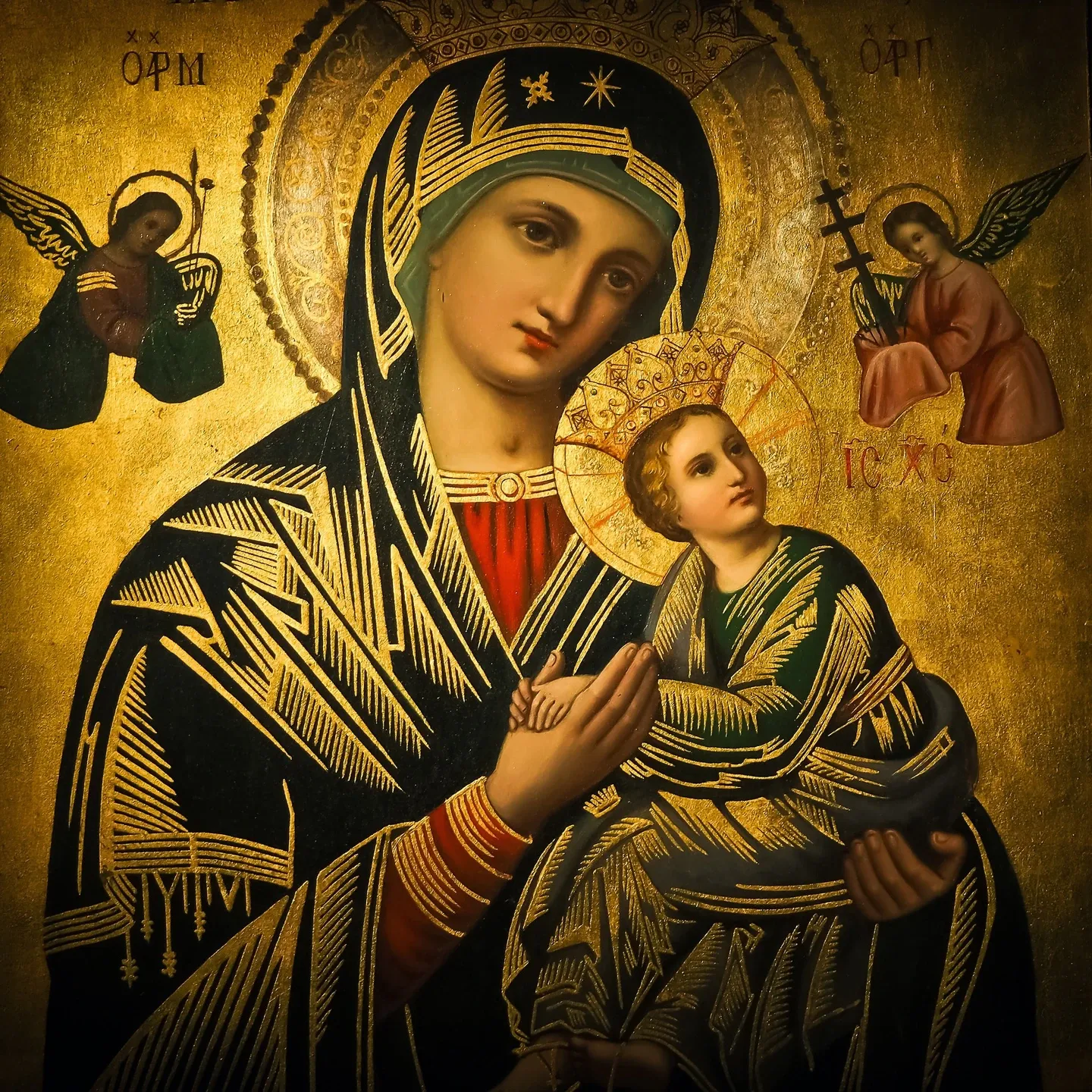
The Komi’s spiritual beliefs draw on Shamanism and Christianity. Komi, a Permic-speaking people living mainly between the Pechora and Vychegda rivers, southeast of the White Sea, in the northern European area of Russia. They speak a Permic language of the Finno-Ugric branch of the Uralic family.
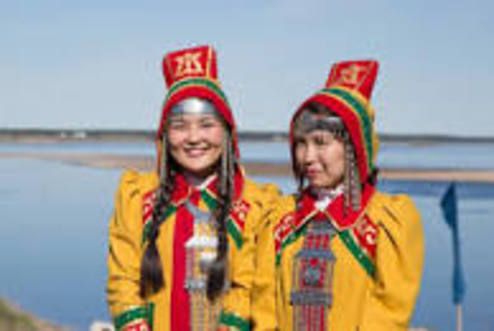
Indigenous peoples have inhabited the Arctic since time immemorial, establishing rich regional cultures and governance systems long before the introduction of modern borders.
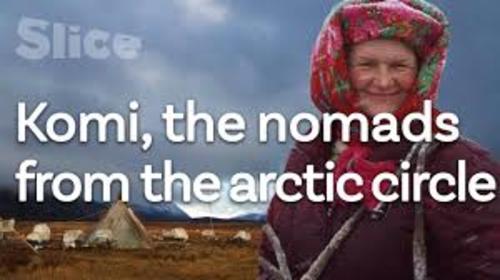
The Komi people live in the Republic of Komi, the Nenets Autonomous Okrug, the Arkhangelsk Oblast and the Murmansk Oblast. There are also some Komi groups in the Siberian part of Russia. In the Russian Federation’s legislation the Komi are not recognised as indigenous peoples, but they have that status in the legislation of the Komi Republic. The Komi are also a minority in all these territories, even in the Republic of Komi, where they make only 23.3% of the whole population. In some industrial areas, for example in Vorkuta, only 1% of the population is Komi. In the Nenets Autonomous Okrug, they make up 9.5% of the population.
The Komi people face similar problems to those of other indigenous peoples of the Russian territories of the Barents region: the loss of language and culture. The number of Komi has been increasing in Russia during this century, but the knowledge of their native language has been decreasing. For the Komi, the question of language is very important, and during the past years much attention has been paid to the language use and education.
Today, Komi is an official language in the Republic of Komi together with Russian. During the Soviet era, there was no Komi curriculum in schools, although there were Komi language lessons. The situation is changing now: there are national and local newspapers and journals in the Komi language, and sometimes articles in Komi are published in Russian newspapers. Also the local radio broadcasts four hours and the television two hours daily of programmes in the Komi language. Komi is also taught in schools, and although there are still no pure Komi schools, there are some schools, where the language of teaching is Komi during the first four grades.
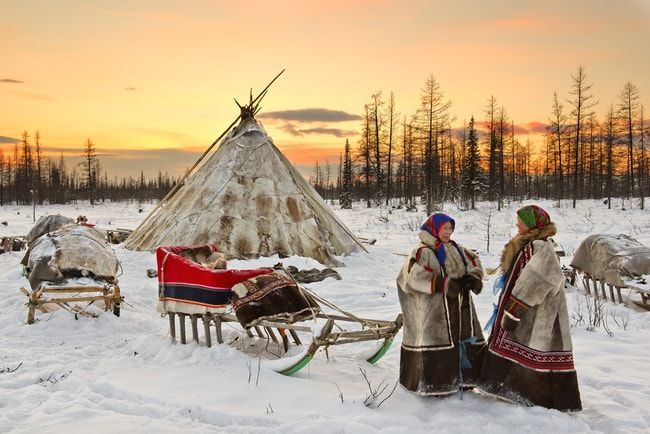
However, the school instruction in Komi is not available everywhere and parents often prefer Russian schools. There is also a lack of schoolbooks in Komi language. In villages, where the Komi are in majority, the native language is used as the first language in kindergarten, but the children can also attend classes of Russian language. The publication of books in Komi language has increased and some Komi writers write in their native language. There is also a Komi theatre in Syktyvkar and Komi folklore groups in other areas. In the University of Syktyvkar, students can study Komi language. Nowadays, the regional issue has been noticed more in the curriculum, and for instance the University of Syktyvkar has a Fenno-Ugric faculty.
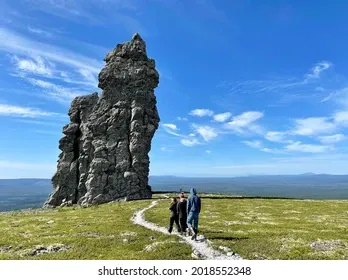
More than half of the Komi lived in rural areas in 1989. Their level of education was lower than that of the Russian population, who lived in the Republic of Komi. The Komi became also politically active in the 1980s and established their own organisations in the Republic.
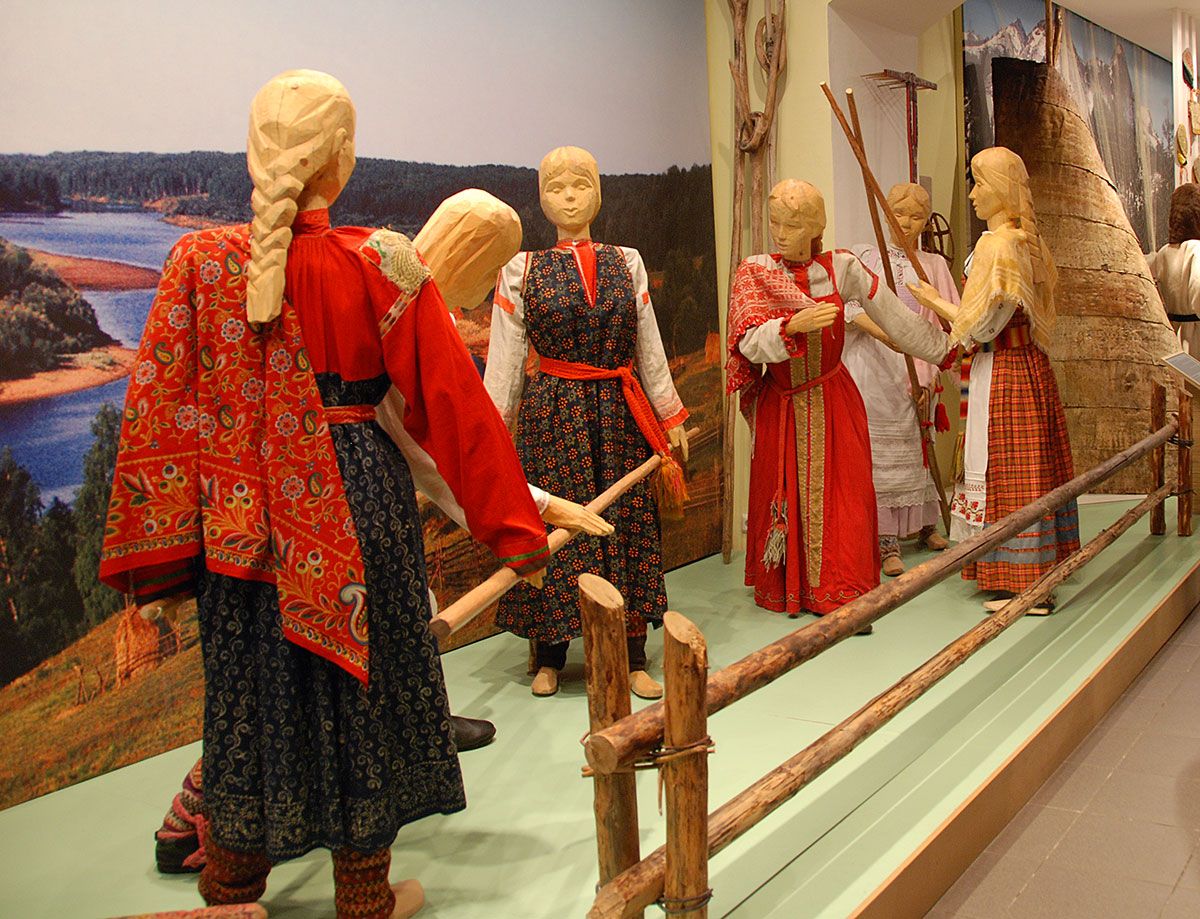
THINGS YOU MAY NOT KNOW:The Coldest Inhabited Town In The World Is Here: Most people don’t like living in extreme cold because it is difficult to bear such temperatures. However, Oymyakon, a Siberian town, is one of the coldest towns inhabited by humans. In 1938, the temperature broke the record of -77 degrees Celsius.
THINGS YOU MAY WANT TO SAVE: Reindeer jerky and a cold bottle of vodka to wash down during the cold nights. Oh yeah & save the Koni culture and language.
ZENTRAVELER SAYS: The tropics too hot for you....try a sojourn to a winter wonderland? Bring your fur lined mittens...baby its cold out there.
From here to Infinity is a relatively short ride! The next leg takes eons and eons as you fly through the Barycentric Dynamical Time Zone! …and on and on and on. Follow the Zentraveler Newsletter often for Travel, Health and Zen-like stories and such. Where else can you get a THREE IN ONE NEWSLETTER FOR THE PRICE OF FREE.
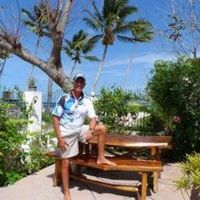
ZENTRAVELER IS A PERSONAL NEWSLETTER, DESIGNED TO GIVE TRAVEL, HEALTH, WRITING AND HUMOR INCLUDING HELPFUL HINTS WITH A ZEN LIKE QUALITY.
